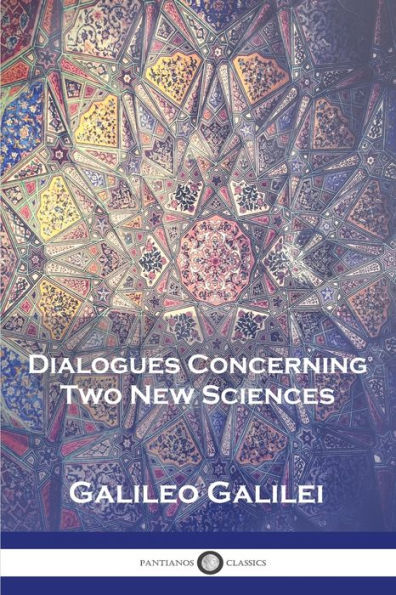Galileo's groundbreaking dialogues are a summation of three decades of scientific work he had undertaken in the fledgling field of physics. This edition includes the diagrams crucial for understanding the text.
Writing these dialogues in 1638, the elderly Galileo had a life of achievements behind him. Despite attempts at suppression of his writings by the Roman Inquisition, his ideas were successfully communicated across Europe. The motion of objects and resistance to such motion, the concept of velocity, and the laws of gravity are merely a few of the topics covered in these detailed dialogues.
At the outset, we are introduced to the three conversation partners: Salviati, Sagredo and Simplicio. These three Venetians embark on a scientific discussion, hoping to explain the curiosities of things such as speed and movement. Over the course of four days, their meetings grow in complexity and scope as they strive to explain physical phenomena.
Later, we encounter many propositions and theorems concerning a wide variety of subjects; these represent the sum of Galileo's progress in understanding gravity, motion, resistance, acceleration, velocity, and the behavior of material structures. The 'Two New Sciences' referred to by the title are the nature of materials, and the motion of objects.
A total of 130 illustrations and charts populate this text; for the most part, they are situated adjacent to their respective proposition or theorem. In many of the more complex explanations, they are important in aiding the reader to grasp what Galileo means. Through absorbing these wide-ranging investigations, we may appreciate the justness of Galileo's moniker: "The father of modern physics."
This edition's translation to English is by Alfonso de Salvio and Henry Crew. The former was an expert on the technical aspects of the Italian language, while the latter was a longstanding scholar of physics with much experience teaching in the field.
Galileo's groundbreaking dialogues are a summation of three decades of scientific work he had undertaken in the fledgling field of physics. This edition includes the diagrams crucial for understanding the text.
Writing these dialogues in 1638, the elderly Galileo had a life of achievements behind him. Despite attempts at suppression of his writings by the Roman Inquisition, his ideas were successfully communicated across Europe. The motion of objects and resistance to such motion, the concept of velocity, and the laws of gravity are merely a few of the topics covered in these detailed dialogues.
At the outset, we are introduced to the three conversation partners: Salviati, Sagredo and Simplicio. These three Venetians embark on a scientific discussion, hoping to explain the curiosities of things such as speed and movement. Over the course of four days, their meetings grow in complexity and scope as they strive to explain physical phenomena.
Later, we encounter many propositions and theorems concerning a wide variety of subjects; these represent the sum of Galileo's progress in understanding gravity, motion, resistance, acceleration, velocity, and the behavior of material structures. The 'Two New Sciences' referred to by the title are the nature of materials, and the motion of objects.
A total of 130 illustrations and charts populate this text; for the most part, they are situated adjacent to their respective proposition or theorem. In many of the more complex explanations, they are important in aiding the reader to grasp what Galileo means. Through absorbing these wide-ranging investigations, we may appreciate the justness of Galileo's moniker: "The father of modern physics."
This edition's translation to English is by Alfonso de Salvio and Henry Crew. The former was an expert on the technical aspects of the Italian language, while the latter was a longstanding scholar of physics with much experience teaching in the field.

Dialogues Concerning Two New Sciences
218
Dialogues Concerning Two New Sciences
218
Product Details
| ISBN-13: | 9781789874167 |
|---|---|
| Publisher: | Pantianos Classics |
| Publication date: | 01/01/1914 |
| Pages: | 218 |
| Product dimensions: | 6.00(w) x 9.00(h) x 0.50(d) |
